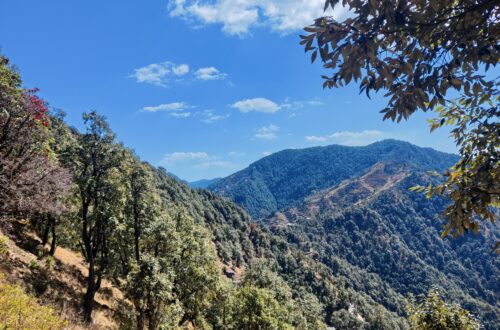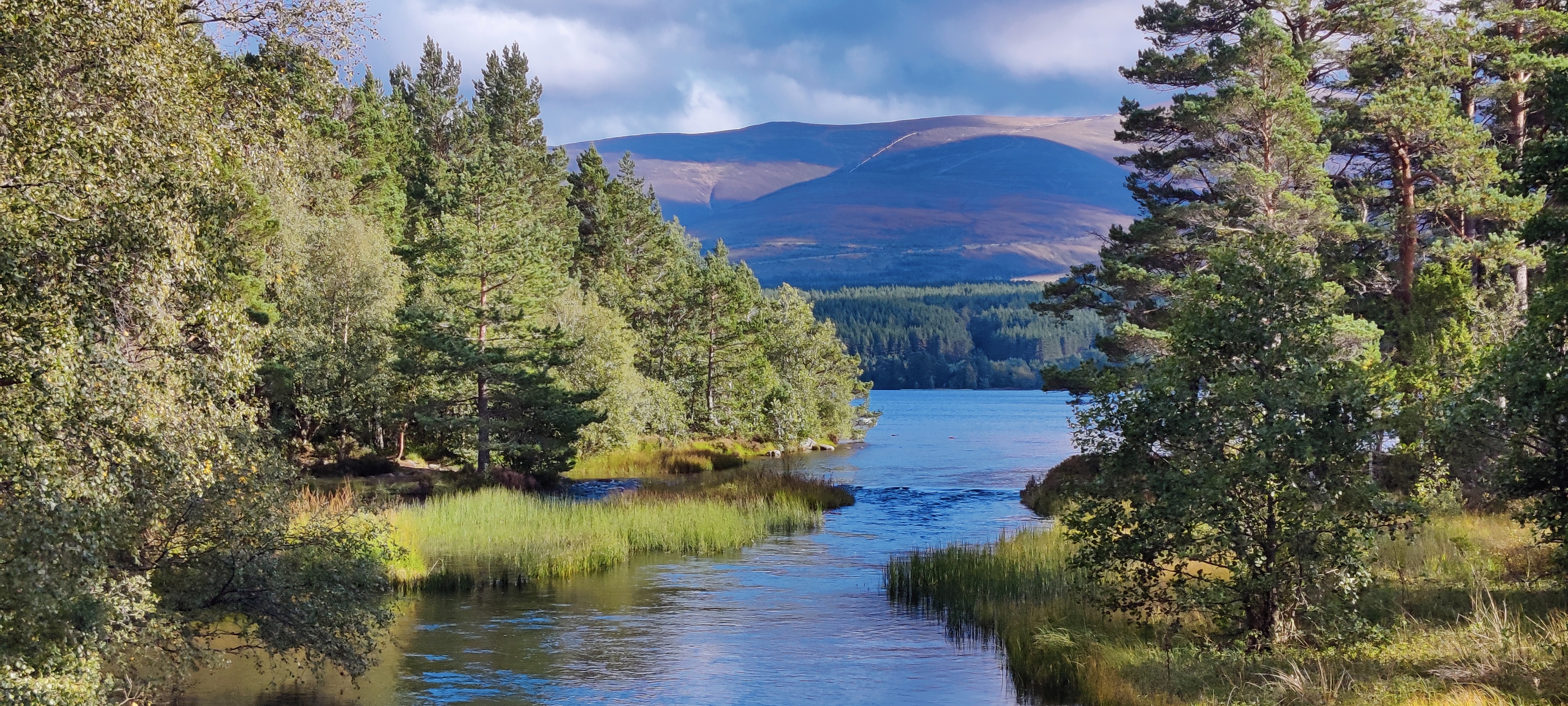(This is slightly modified version of one of our articles originally published in Mid-Day, Mumbai edition) . The past few years have witnessed an exodus of tourists to Satara’s famous Kaas Plateau. As a result, other scenic parts around Satara like Urmodi, Thoseghar etc tend to go unnoticed.
During and post monsoon, this region, like most of Maharashtra, is painted in different shades of green, with multicoloured flowers, gurgling streams, and roaring waterfalls. We chose to take the lesser-driven roads around Satara that were in good condition, thanks to the work done by the Pradhan Mantri Gram Sadak Yojana (PMGSY).

1 Beyond Kaas Plateau
Kaas Plateau is beautiful even before the pretty ephemerals pop their heads up to form floral carpets. A few kilometers after the plateau, a mud road on your left leads to Vajra Falls. Vehicles can only go up to a certain distance on this unpaved road. A 10-15-minute walk takes you to an open space from where you can gaze at the nearly 50-ft drop. The peace and quiet here tempts one to get into meditation mode. Further ahead on the main road, you’ll come across Kaas Lake to your right. It’s a popular tourist spot but before or after the blooming season in Kaas, it’s possible to enjoy the lake more, minus the crowd. The winding road leads to Bamnoli, giving you glimpses of the vast Shivsagar Lake, formed from the backwaters of Koyna Dam. Bamnoli offers boating facilities, if you wish to explore the lake.
2 Around Urmodi Dam
Urmodi Dam is a magnificent water body fed by numerous waterfalls from the surrounding hillocks. Urmodi is roughly 17 km from Satara, via Parali village. Every turn on the road throws open a new surprise, with different views of the water body, green planes and hillocks. The last village on this road is Katrewadi, which is almost in a jungle.
(Also see ‘Monsoon secrets of Maharashtra: Roads to nowhere around Urmodi Dam’)
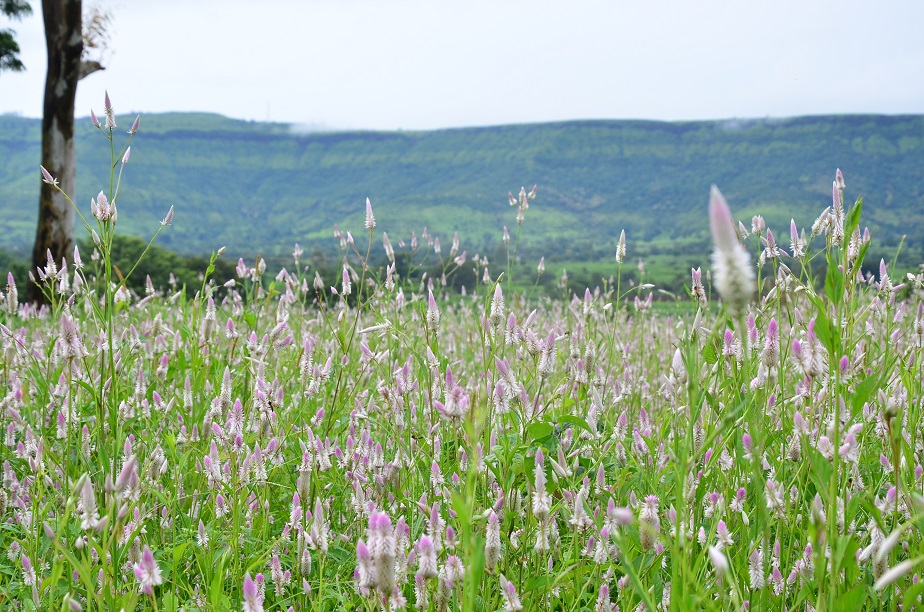

3. Sajjangad Fort
Another popular tourist spot due to its religious importance, Sajjangad Fort is on the way to Thoseghar Falls, at about 15 km from Satara. Vehicles can reach up to the base; from that point, it is an easy walk uphill, with tiny flowers and birds giving you company en route. The temple is peaceful, with a basement that is an ideal spot to meditate (again!). The view from atop Sajjangad is magnificent.
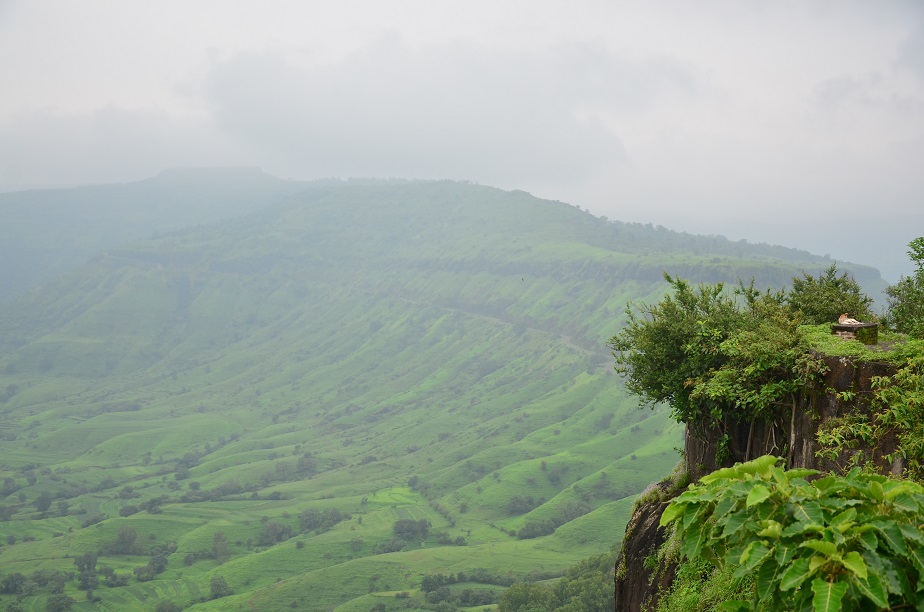
4. Thoseghar Falls and Beyond
Thoseghar Falls, at about 20 km from Satara, is also popular but gets crowded only when the Kaas Plateau is in bloom. There are four waterfalls and each is a beauty. The largest plunges to a depth of 500 msl (metres above sea level). From Thoseghar, the road goes to Patan (on the Karad-Chiplun Road). The views that this drive offers are simply amazing. The windmills on either side of the road playing hide-and-seek in the mist is a view to behold. Sadly, the road from Chalkewadi is in a bad shape (more like non-existent). Hopefully, the PMGSY will make its impact on this road too by next monsoon.
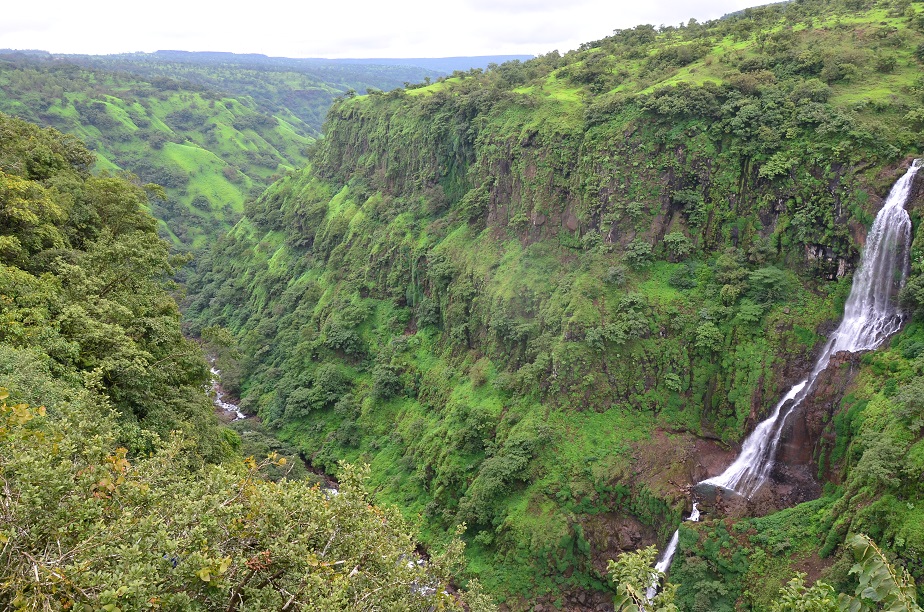

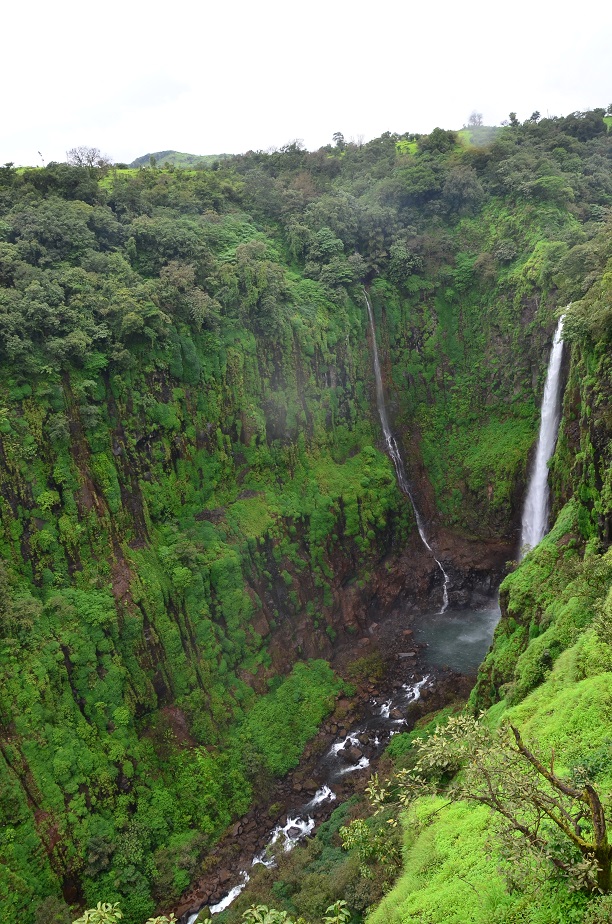
5. Dhom Dam
While coming back to Mumbai/Pune from Satara, skip the highway and go to Wai. From Wai, take the road to Dhom dam on the Krishna river. At nearly 10 km from Wai is the dam. The road continues along the banks of the 20-km-long Dhom Lake. The stunning views of the hills and the lake make this drive ever so delightful. About 13 km ahead, there is another dam called Balkawadi, from where you can see the beautiful mountain ranges of Mahabaleshwar. If you have time, continue along the circumference of the lake and return to Wai. Small eateries will provide respite at Bamnoli and Sajjangad, and on the way to Kaas and Thoseghar.
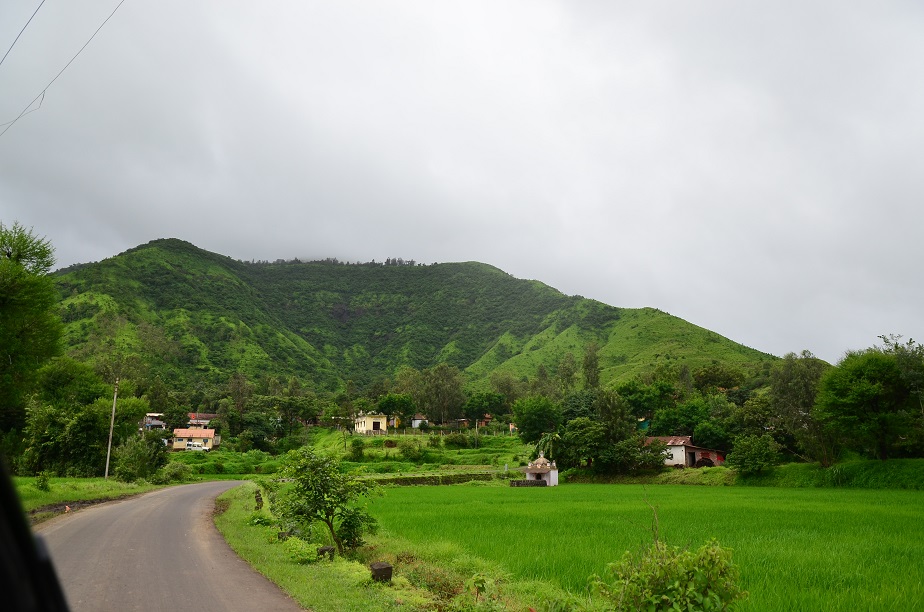
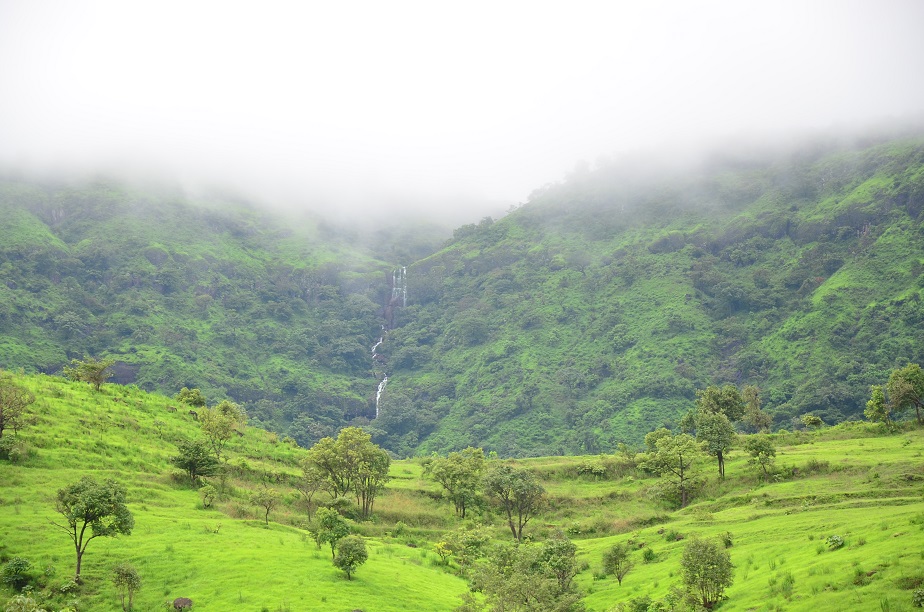
Satara and around
How to move around: Satara town can be the base. Satara is a small town and one can easily find the Satara-Kaas road and the Satara-Sajjangad Road, which extends to Thoseghar. On the Satara-Sajjangad Road, before you start the climb to Sajjangad, turn right toward Parali village, where Urmodi dam is situated.
Distance: Around 280 km. We took six to six and a half hours, with two-three short breaks.
Stay: There are several small to medium-sized hotels in Satara for accommodation.



